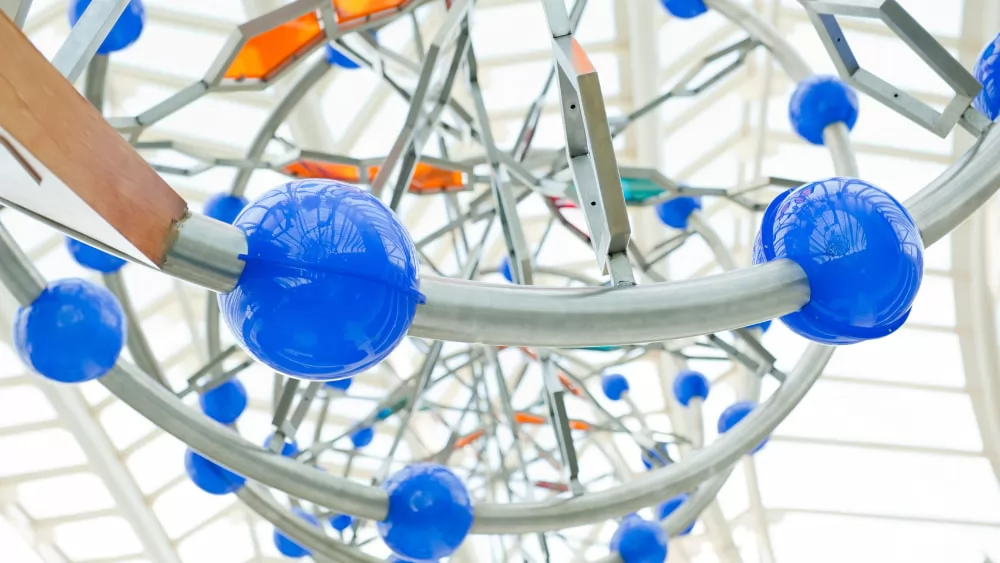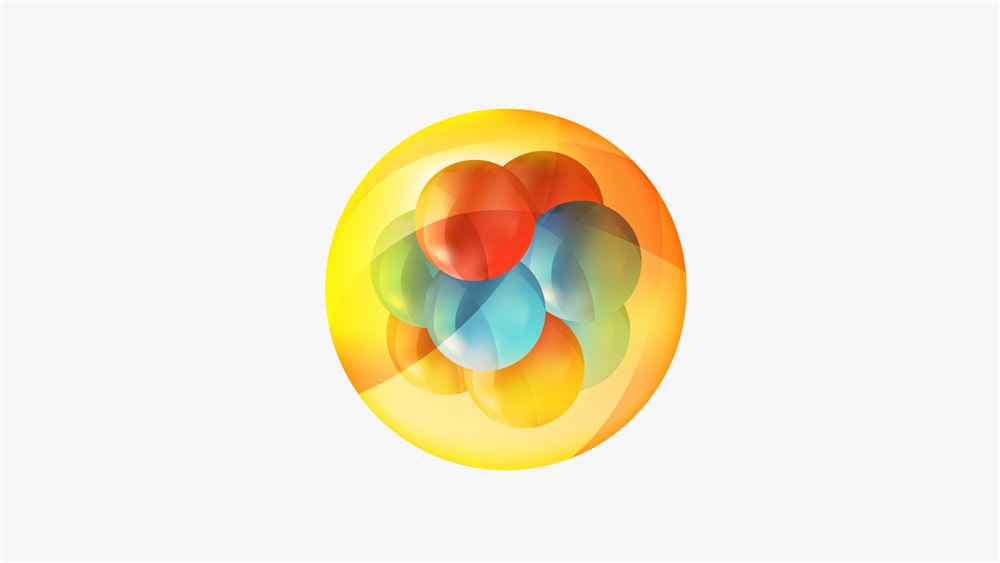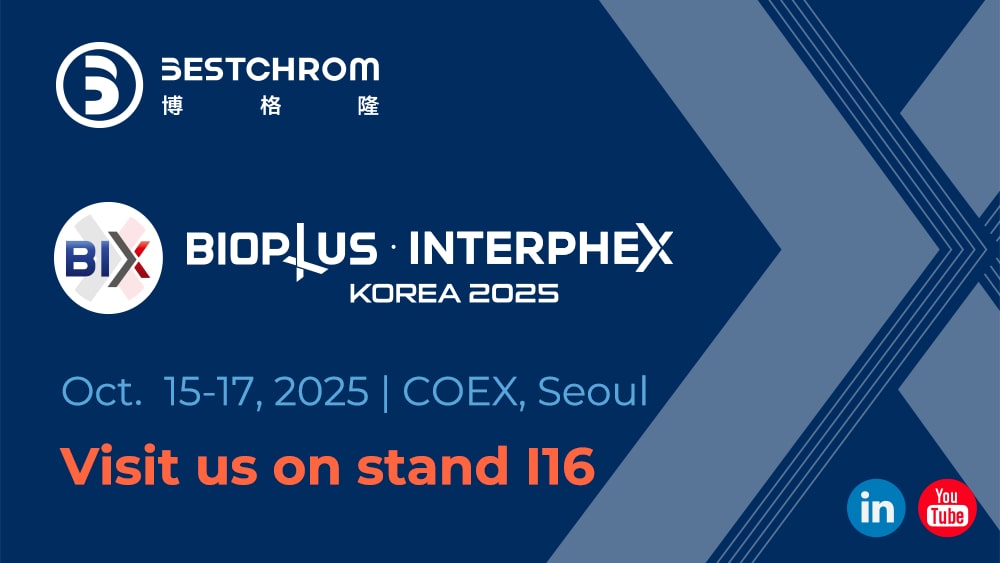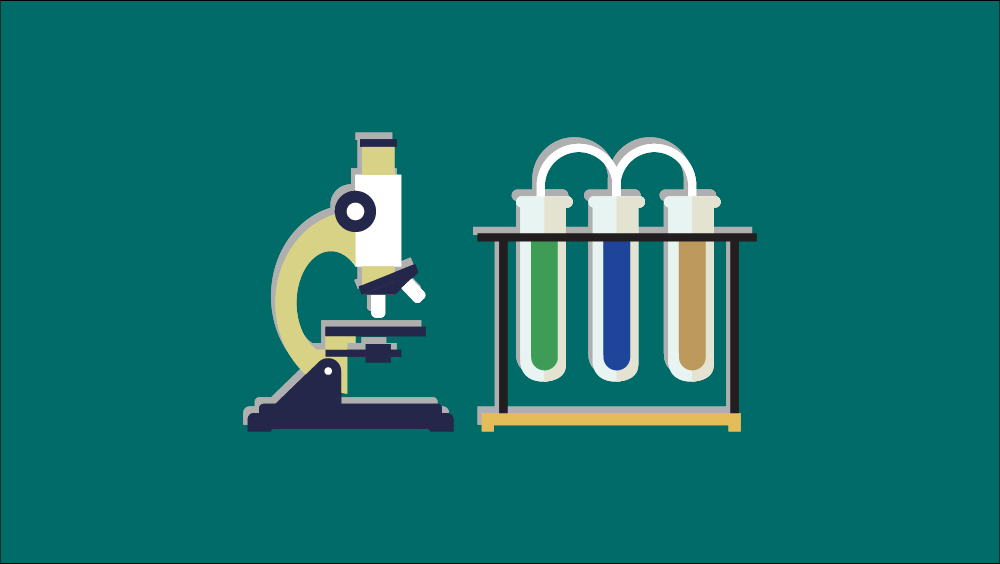Chromatographic process for oligonucleotide drugs

Article directory
-
Oligonucleotide Drugs
-
Production process
-
Purification strategy
-
Ion exchange chromatography
-
Hydrophobic interaction chromatography/reversed phase chromatography
-
Conclusion
Oligonucleotide Drugs
Oligonucleotide drug, also known as small nucleic acid drug, is innovative drugs functioning based on the principle of complementary base pairing. Major types of Oligonucleotide drugs include Antisense oligonucleotides (ASOs), small interfering RNA(siRNA), microRNA(miRNA), aptamer. It can directly regulate gene expression and provide better target in the therapy of virus-caused diseases, tumor, genetic diseases and other rare diseases.
Production process
The production of oligonucleotides currently often employs the solid-phase phosphoroamidite method of synthesis, whose process route mainly includes steps such as solid-phase synthesis, cleavage and deprotection, purification, liquid exchange, and freeze-drying.
Purification strategy
Oligonucleotide products obtained by chemical synthesis contain failed sequences, including deletion sequences (n-x) and longer nucleotide sequences (n+y), especially those differing by one nucleotide, by-products of modification reactions, and incomplete oxidation/deprotection/capping-related products make purification very difficult.
The mainstream methods for the purification of oligonucleotide products involve the use of ion exchange chromatography, hydrophobic interaction chromatography and reversed phase chromatography.
Generally, ion exchange chromatography is the most preferred option whereas, reversed phase chromatography and hydrophobic interaction chromatography can be used in case of any challenging situations by initially keeping the DMT.
Ion exchange chromatography
IEX is the top option in the purification of oligonucleotide with deletion sequences(n-x), where the negatively charged phosphate groups in the nucleic acid chain bind to positively charged ligands on the ion exchange resin. The binding strength is positively correlated with nucleotide length. It is possible to sequentially elute oligonucleotides in different lengths via increase in salinity, achieving purification and separation purposes.
Hydrophobic interaction chromatography/reversed phase chromatography
When facing challenging purification targets including oligonucleotides with long chain or thiooligonucleotides, 5’-DMT protecting groups can be kept to get certain level of hydrophobicity. For reversed phase chromatography, it can bind to 5’-DMT containing oligonucleotide while impurities without the protection of DMT will flow through due to weak bind.
However, the use of organic solutions in reserved phase chromatography will require the explosive-proof production facility as well as stricter waste treatment process. HIC uses aqueous system, which binds at high salinity and elutes at low salinity, serving as a cost-effective, safe and environmental friendly purification method.
The application of acid elution buffer can even achieve the detriphenylmethylation of target molecules in column, after which the DMF functional groups absorbed on resin can be removed in CIP step.
Conclusion
As the oligonucleotide drugs rapidly develop, the synthesis and purification of oligonucleotide is of paramount significance in R&D and production process. The choice of resins with excellent performance and easy scale-up can help to control cost, ensuring the quality finished products and production safety.









.png)


